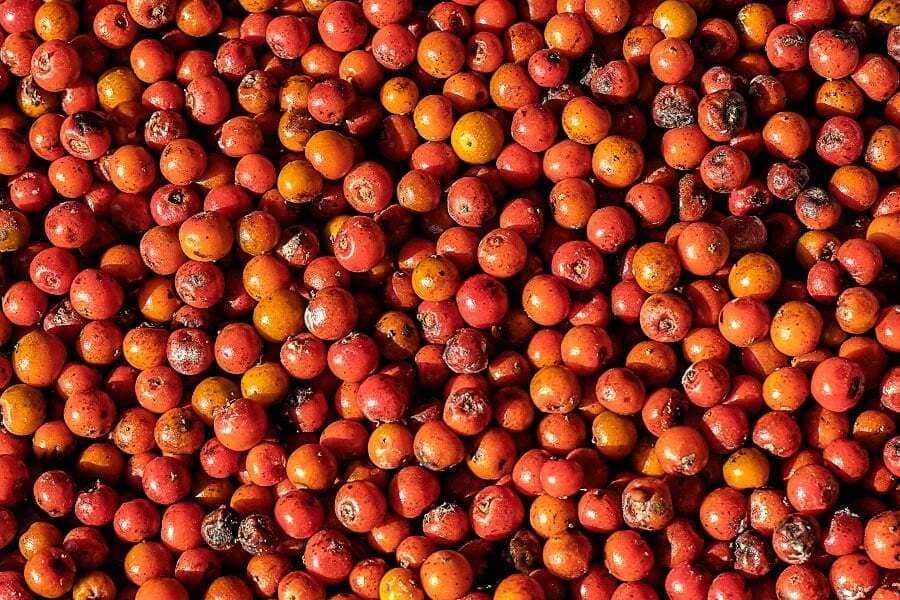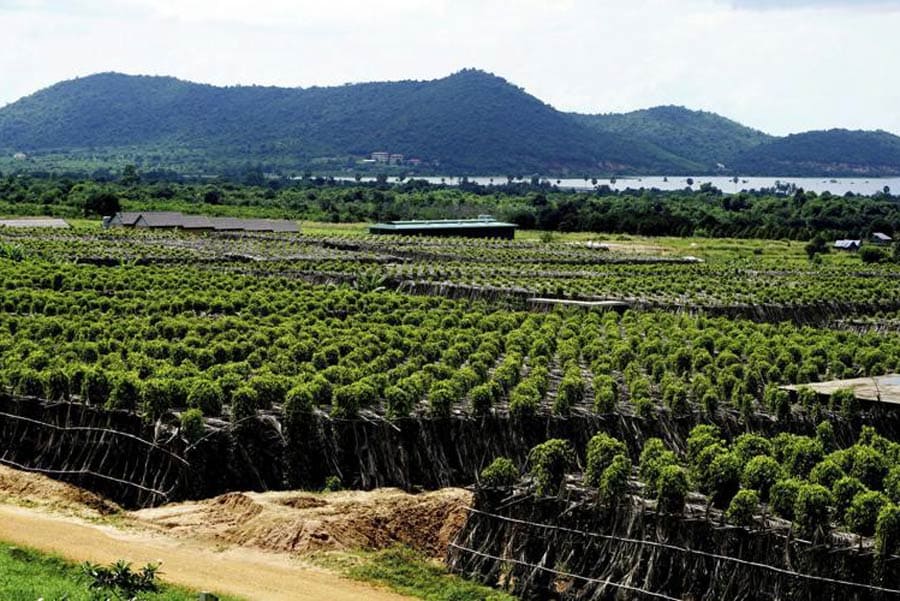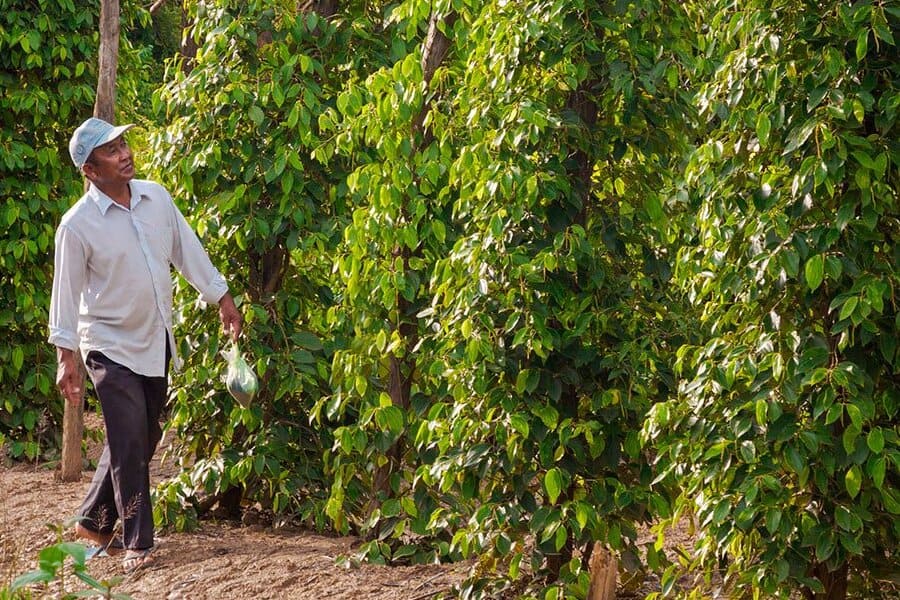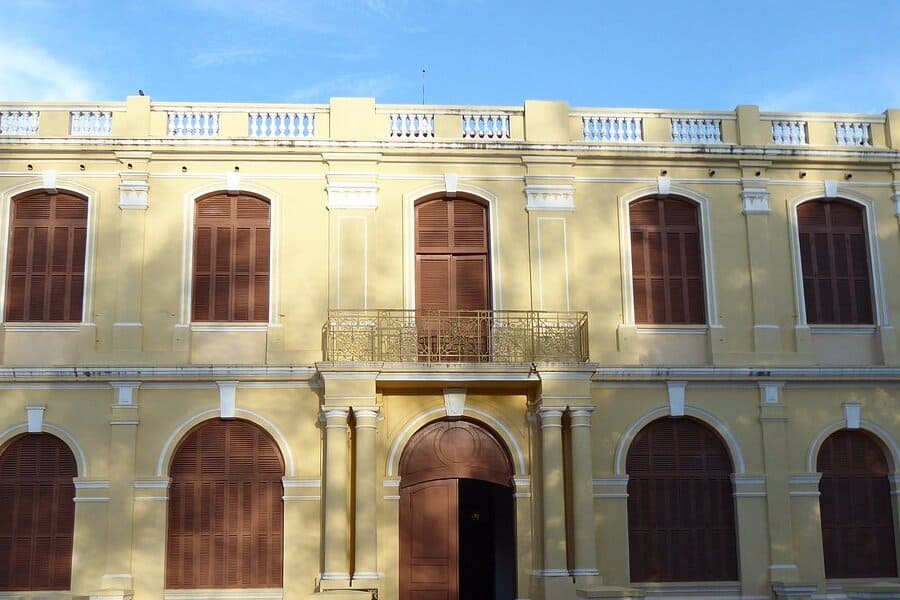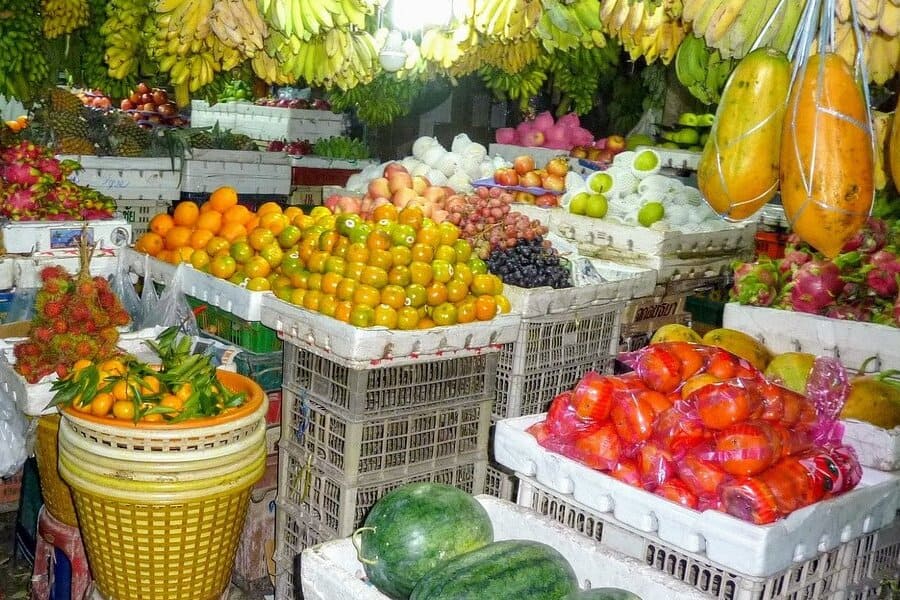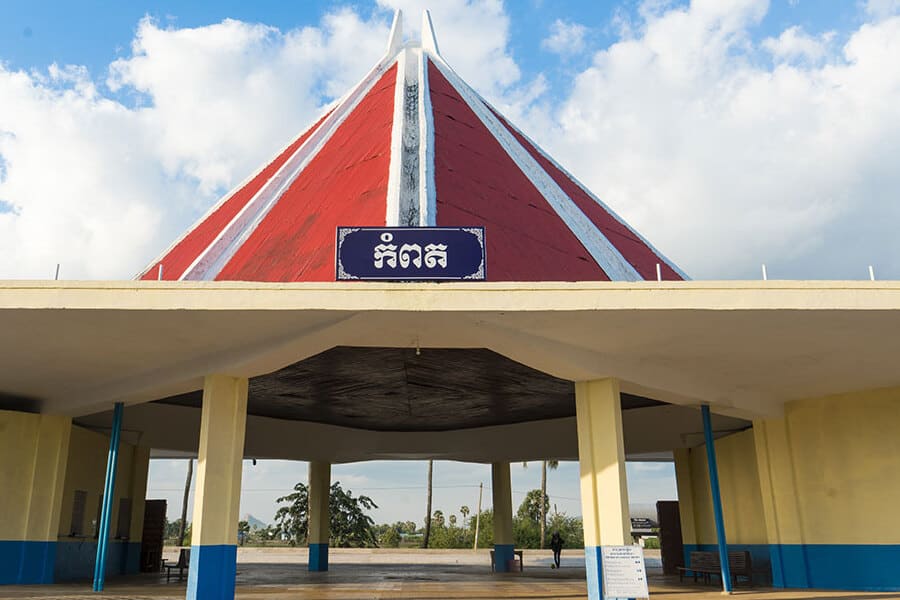Embark on an unforgettable cambodia tour and delve into the captivating allure of Kampot, a town renowned for its pepper plantations and enchanting colonial architecture. As you journey through this picturesque destination, you'll be immersed in a rich tapestry of history, culture, and natural beauty. Join us as we explore the unique flavors and timeless charm of Kampot, where every moment promises to be a discovery of the extraordinary.
Contents
An Overview of Kampot
Nestled along the serene banks of the Teuk Chhou River in southwestern Cambodia, Kampot offers a mesmerizing blend of historical richness and natural splendor. This charming town, famed for its pepper plantations and colonial architecture, beckons travelers with its timeless allure and laid-back atmosphere.
Steeped in history, Kampot boasts a legacy shaped by its colonial past, evident in the elegant French colonial buildings that line its streets. From quaint riverside promenades to ornate architectural gems, every corner of Kampot tells a story of its fascinating heritage.
Beyond its architectural wonders, Kampot is celebrated worldwide for its prized Kampot pepper, renowned for its exceptional quality and distinct flavor profile. Wander through lush pepper plantations, where the air is infused with the aromatic scent of freshly harvested peppercorns, and indulge in a culinary journey like no other.
Pepper Plantations in Kampot
Origins of Kampot pepper
Kampot pepper holds a storied legacy that stretches back centuries, rooted in the fertile soils and favorable climate of the region. Its origins can be traced to the ancient Khmer Empire, where pepper cultivation flourished along the banks of the Teuk Chhou River.
However, it was during the colonial era that Kampot pepper truly rose to prominence.
The arrival of French colonialists in the 19th century marked a pivotal moment in the history of Kampot's pepper industry. Recognizing the exceptional quality of the peppercorns grown in the region, the French settlers began to systematically cultivate pepper plantations, introducing modern farming techniques and infrastructure that transformed Kampot into a hub of pepper production.
Under French rule, Kampot pepper gained widespread acclaim for its unparalleled flavor and aroma, earning it a coveted place in international markets. The colonialists' influence not only elevated the status of Kampot pepper but also established rigorous standards of cultivation and processing that continue to define the industry to this day.
Central to the success of Kampot pepper is its unique terroir, a combination of environmental factors that impart distinctive characteristics to the peppercorns. The region's rich alluvial soil, coupled with its tropical climate and proximity to the sea, creates optimal conditions for pepper cultivation. The gentle sea breezes and abundant sunshine of Kampot contribute to the peppercorns' complex flavor profile, characterized by hints of floral and citrus notes with a subtle heat that lingers on the palate.
Today, Kampot pepper remains a symbol of Cambodia's agricultural heritage and culinary prowess. The pepper plantations dotting the landscape of Kampot stand as a testament to the enduring legacy of this prized spice and the dedication of the farmers who meticulously tenH to the vines.
Process of harvesting Kampot Pepper
The process of harvesting Kampot pepper is a labor of love that begins with the careful selection of ripe peppercorns, a task that requires both skill and precision. As the peppercorns reach maturity on the vines, experienced farmers meticulously inspect each cluster, handpicking only those that have achieved optimal ripeness. This selective approach ensures that only the highest quality peppercorns are harvested, resulting in a spice of unparalleled flavor and aroma.
Once harvested, the peppercorns undergo a series of meticulous steps to prepare them for drying. Traditionally, Kampot pepper is sun-dried, a process that relies on the natural warmth and gentle rays of the sun to gradually remove moisture from the peppercorns. Arranged in thin layers on bamboo mats or trays, the freshly picked peppercorns are left to bask in the sunlight, allowing them to slowly dehydrate while retaining their essential oils and flavors.
Throughout the drying process, farmers carefully monitor the peppercorns, regularly turning them to ensure even exposure to the sun and prevent mold or spoilage. This hands-on approach requires constant attention and expertise, as the timing and duration of drying can significantly impact the quality of the final product. As the days pass, the peppercorns undergo a remarkable transformation, gradually intensifying in flavor and developing the distinctive aroma that sets Kampot pepper apart.
After reaching the perfect level of dryness, the peppercorns are carefully collected and sorted, with any remaining stems or impurities removed by hand. This final stage of preparation ensures that only the finest peppercorns make their way to market, upholding the rigorous standards of quality that have long been synonymous with Kampot pepper.
Explore colonial architecture in Kampot
Colonial Architecture in Kampot Features
The colonial architecture of Kampot is a captivating fusion of European elegance and local craftsmanship, reflecting the town's rich history and cultural heritage. From graceful French villas to ornate government buildings, Kampot's architectural landscape is a testament to its status as a prominent colonial outpost.
One of the most striking features of Kampot's colonial architecture is its graceful blend of French design elements with local Khmer influences. Elegant facades adorned with intricate wrought-iron balconies and shuttered windows evoke the charm of 19th-century France, while ornamental details inspired by traditional Khmer motifs add a distinctive local flavor.
The riverside promenade, lined with stately colonial buildings overlooking the tranquil waters of the Teuk Chhou River, offers a picturesque glimpse into Kampot's colonial past. Here, visitors can stroll along the waterfront, admiring the grandeur of historic landmarks such as the Old Market and the Governor's Residence, which once served as administrative centers during the French colonial era.
Beyond the riverfront, Kampot's streets are dotted with a wealth of colonial-era structures, each with its own unique architectural character. From quaint shophouses with colorful facades to imposing government buildings with neoclassical columns, the town's architectural diversity reflects its role as a bustling commercial and administrative hub in colonial times.
Despite the passage of time, many of Kampot's colonial buildings have been lovingly preserved, offering a glimpse into a bygone era. Some have been repurposed as boutique hotels, cafes, and galleries, while others remain private residences, their weathered facades bearing witness to the passage of time.
As visitors wander through the streets of Kampot, they are transported back in time, immersed in the timeless beauty of its colonial architecture. Whether admiring the graceful lines of a French villa or tracing the intricate details of a Khmer-inspired facade, the architectural treasures of Kampot offer a window into the town's storied past and a testament to its enduring allure.
Famous Colonial Architectures in Kampot
Kampot boasts a wealth of famous colonial architectures that stand as enduring symbols of its rich history and cultural significance. These iconic landmarks showcase the town's unique blend of French colonial design and local Khmer influences, captivating visitors with their timeless charm and architectural grandeur.
Old Market (Phsar Leu)
One of Kampot's most beloved landmarks, the Old Market is a prime example of colonial-era architecture. Built in the early 20th century, this bustling marketplace features a distinctive red-tiled roof and elegant arched entrances, reminiscent of French Indochinese design. Today, the market continues to buzz with activity, offering a vibrant array of fresh produce, local crafts, and culinary delights.
Kampot Provincial Museum
Housed in a beautifully preserved colonial building, the Kampot Provincial Museum offers a fascinating glimpse into the region's history and heritage. The museum's collection includes artifacts, photographs, and exhibits that chronicle Kampot's evolution from a bustling colonial outpost to a thriving cultural center. The building itself is a testament to Kampot's architectural legacy, with its elegant facade and graceful proportions.
Kampot Railway Station
Built during the French colonial period, the Kampot Railway Station is a striking example of colonial-era architecture. This historic train station features a distinctive blend of European and Khmer architectural styles, with its ornate gables, arched windows, and red-brick facade. Today, the station serves as a hub for local transportation, offering a glimpse into Kampot's past as a vital hub of the French colonial railway network.
These famous colonial architectures in Kampot stand as enduring symbols of the town's rich cultural heritage and architectural legacy. Whether exploring the bustling markets, strolling along the riverside promenade, or visiting historic landmarks, visitors to Kampot are sure to be captivated by the town's timeless charm and colonial grandeur.
Kampot, with its serene riverside charm and rich cultural heritage, offers a unique escape from the hustle and bustle of city life. Whether you're exploring its colonial architecture, enjoying the lush countryside, or savoring its renowned Kampot pepper, this quaint Cambodian town promises a memorable experience. With easy access via bus, train, or taxi from major cities like Phnom Penh and Sihanoukville, Kampot is an accessible gem waiting to be discovered by travelers seeking both relaxation and adventure.


